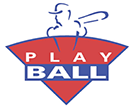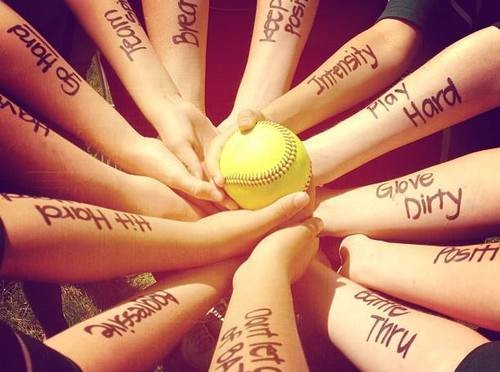1. Know the game. Develop a clear understanding of NCAA rules and core course requirements. Create a recruiting game plan, then execute it with the same dedication you bring to your sport and your academic work.
2. Get verified. Make sure to have information about your athletic ability and academic qualifications verified by a source that college softball coaches trust and make sure it’s available online. This can vastly increase your chances of being “discovered.”
3. Get your video out there. Make sure that your highlight video and full game footage is viewable online or available in a format that can be easily distributed over the web as soon as a college coach requests it. Use our tools to get evaluated—this will help you target the right softball programs and help coaches find you more easily.
4. Contact 50-100 “right-fit” schools. Take a realistic look at your academic qualifications and athletic ability and set your recruiting targets accordingly. There are 289 Division II and 412 Division III schools that offer softball scholarships, and they can be great options for student athletes with the commitment and drive to play at the college level. Then go after them – you need to contact 50-100 realistic programs to get recruited.
5. Take control. You and your family – and not your high school coach – are ultimately responsible for the outcome of your recruiting process.


